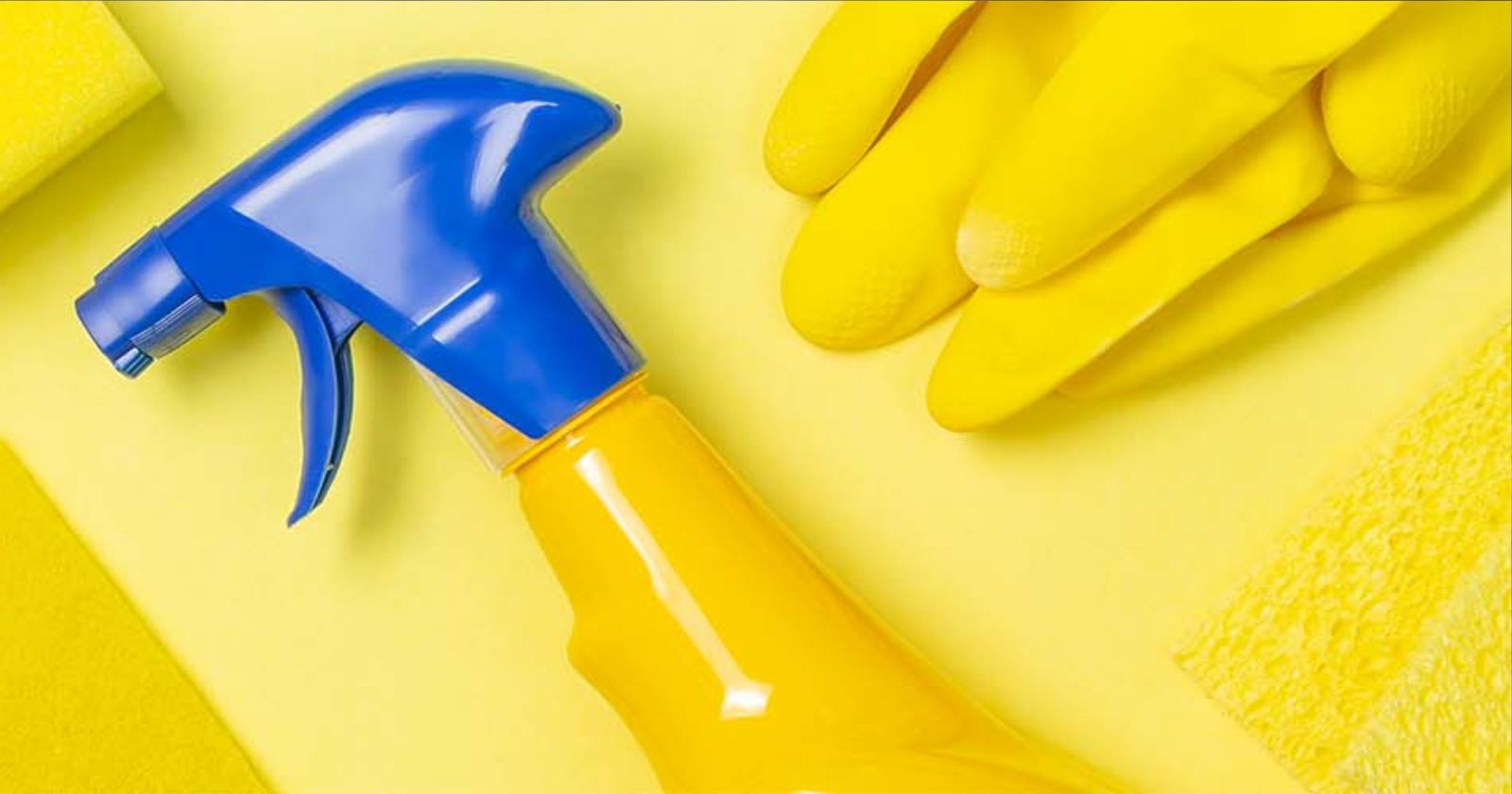Blood stains on your upholstery? Getting it out can be tricky, but it should be possible if you act fast and use the right cleaner.
To remove blood from upholstery, blot up the excess and use a cleaner such as hydrogen peroxide, rubbing alcohol, off-the-shelf upholstery cleaner, or baking soda & water. Some upholstery may need to be dry cleaned instead. Always check the label first.
Sounds easy, right? Unfortunately, it isn’t always quite that simple. Removing blood stains can be tricky, and many of the cleaning solutions we’ve listed above (there’s some more below) may also react with your upholstery in different ways. It’s important to balance speed (dried blood is harder to clean) with caution (you don’t want to ruin your couch or chair by using the wrong product while removing blood).
(BTW – you might also want to check out our Couch Cleaning Guide if you also have other more general stains that need cleaning)
Let’s get started:
6 Steps to Remove Blood Stains From Upholstery
Step 1: Stop the Bleeding!
You or your child’s well-being is more important than your furniture, so apply first-aid as necessary! This will also ensure that you won’t get any more blood on the upholstery while you’re trying to clean it.
Step 2: Blot to Remove Excess Blood (If Fresh)
If the blood stain hasn’t dried yet, blot the stained area carefully with a paper towel to mop up excess blood before it has a chance to soak in. Start on the outside and work your way towards the center to avoid spreading the blood. Do not scrub as this can spread the blood further and push it into the fibers. The quicker you can take action, the more blood you may be able to get off before it soaks in.
Step 3: Check Manufacturer’s Guidelines
Check the label on the upholstery to see if the item should be dry cleaned. If you see the letters W, S, or SW, this indicates you can clean it safely at home. The SW indicates you can clean it with solvent-based and water-based cleaners, respectively.
If only an S or W appears, you must only use solvent or water-based solutions as appropriate. If it says ‘S’ for example, you can only use solvent-based cleaners and cannot use cold water.
If instead you see an X or ‘dry clean only’ your best option is to take it to the dry cleaners. Taking further steps on a dry-clean-only piece may risk damaging your upholstery – you have been warned!
Step 4: Dab With Cold Water
Please Note: The following steps assume your fabric is labeled ‘SW’ and can be cleaned with both solvent-based cleaners and water-based cleaners. If you are not sure which cleaners you can safely use on your fabric, we recommend you consult with a professional.
Start cleaning the blood stain by dabbing with a cloth with cold water and then blot dry with another cloth (dry). Keep repeating this for as long as it keeps removing blood. Only use a clean white cloth when cleaning upholstery to avoid color problems.
Start on the outside and work your way in to avoid spreading the blood. Do not scrub as this can spread the blood stains further and push the blood into the fibers. Do not use warm or hot water as this can make the blood stain worse and make it harder to get the blood out.
Step 5: Color Test Then Apply a Cleaning Solution
In addition to premium branded upholstery cleaners, there are a number of common household items that can help remove blood stains. Before you use one of these extensively, we recommend that you color test them. This means applying a small amount on a hard to see part of your upholstery to check it does not affect the color or stain it. There’s no point removing a blood stain only to replace it with a new one!
Commonly recommended household cleaning solutions used for blood stain removal include:
- Hydrogen peroxide
- Baking soda (one part) and water (two parts)
- Rubbing alcohol (a solvent)
- Diluted dishwashing liquid
- Fresh lemon juice
- Hairspray
Apply your chosen cleaning solution to a clean cloth and then dab plenty on to the blood stain and leave it to do its work. Leave for up to 30 minutes and then use a second dry cloth to help remove any residue. If using hydrogen peroxide, wait until you see small bubbles form and then wipe off – you should not need to wait 30 minutes. Repeat this process until the blood stain is gone.
Step 6: Rinse With Cold Water and Dry
Once the blood stain has been removed, rinse the area with cold water using a clean dry cloth. This ensures that all the cleaning material has been removed. Blot with a dry cloth to dry the area.
Removing Blood Stains on Leather Upholstery
If you have a specialist leather cleaner that will remove blood stains, use that first. If not, most manufacturers suggest you can use a small amount of hydrogen peroxide on leather. Use sparingly and as directed above, dabbing on and then leaving for a while before taking off. When it starts working, you should see small bubbles form – once you see these, wipe it off.
Another choice that should be safe for leather is diluted white vinegar. After cleaning the leather, use a leather moisturizer on it.
Remove Blood Stains from Removable Couch Seat Covers
If the blood stain is on a removable cover and it is suitable for machine washing, you’re in luck. Remove the cover, turn it inside out, and rinse thoroughly with cold water. Put the cover into the washing machine with laundry detergent using the instructions on the label or the manufacturer’s website.
How to Get Blood Stains Out of Car Upholstery
Car upholstery should be treated as above. Follow the manufacturer’s guidelines and check the material before applying any cleaning material to the blood stain.
What Happens If You Can’t Get Blood Out of Your Upholstery?
If you can’t get the blood stain out, contact a specialist; they may have products you do not have access to that can get the blood stains out. If the mark remains, consider covering it up with a cushion or throw. You could also get your furniture reupholstered.
Finally, if you must replace your furniture, we recommend you read our guide here – it will help you find an eco-conscious brand for your next couch or chair.

James is a copywriter based in the UK. He writes on sustainability, finance, tech, and anything else that interests him. He likes tea.



